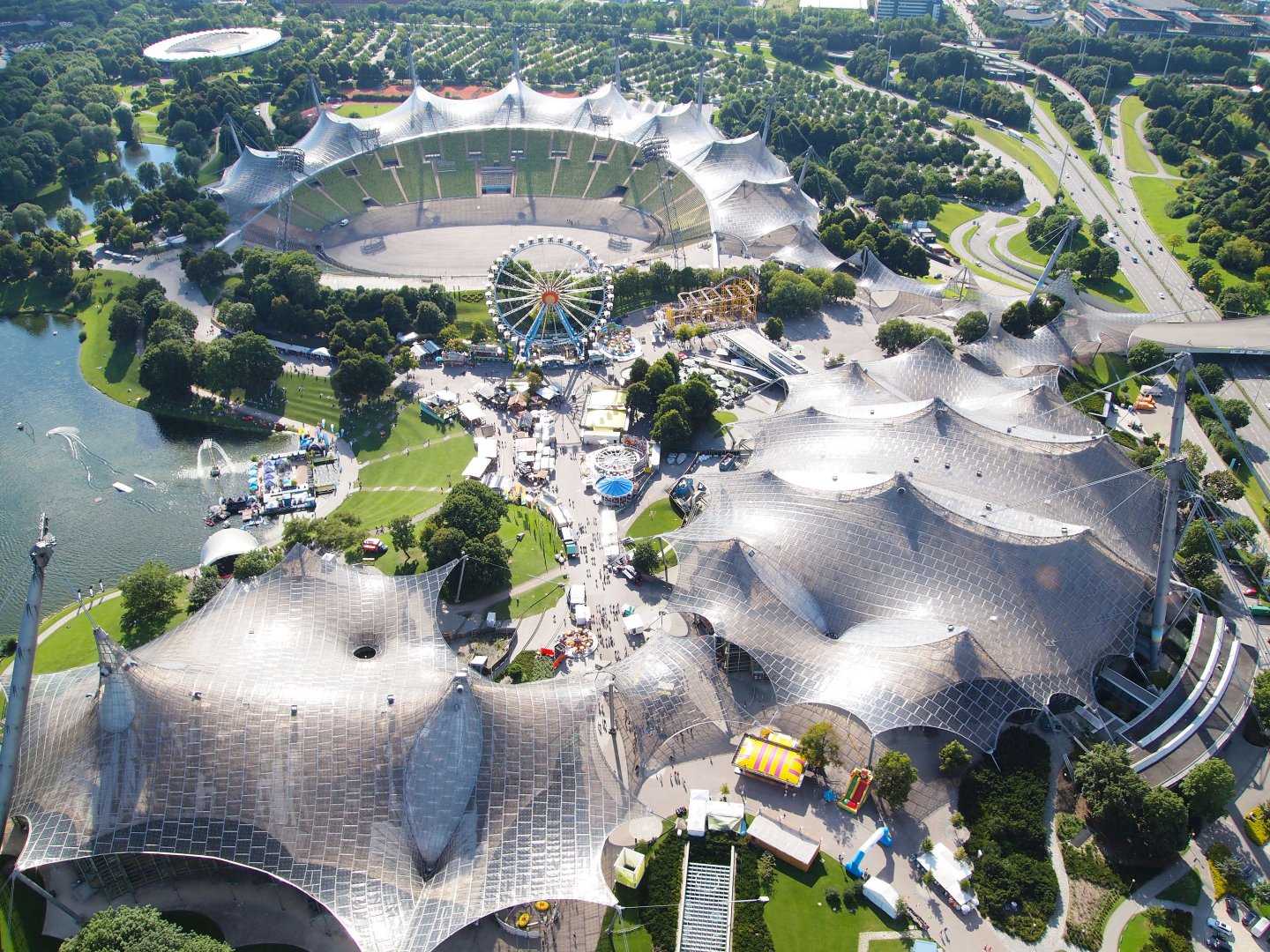
Structure and Material Informed Patching of CNC-Knitted Membranes
Please login to view abstract download link
3D machine-knitted membranes offer significant potential as customizable, resource-efficient formwork with tailored mechanical properties for complex and double-curved concrete structures. A crucial step within the design-to-fabrication workflow for 3D machine-knitted membranes is the segmentation of the overall geometry into smaller patches to address fabrication constraints and to control surface properties. Finding patching configurations that satisfy multiple, potentially conflicting requirements and constraints that are specific to knitted membranes in an architectural context is a complex iterative procedure that, if done manually, is extremely labor-intensive and can often yield non-optimal solutions. Especially when integrating the patching with segmentation-informed form-finding, in which the patch layout influences the form-finding and structural analysis of the structure, or optimization applications regarding alignment of the knit to input fields, the iteration through different patching variants becomes necessary, requiring an automated patching process. While frameworks for the automated segmentation of geometries exist, none of these methods enable the incorporation of the specific requirements and properties of machine-knitted fabrics in an architectural context. Besides topological or geometrical limitations and fabrication size restrictions, these requirements include structural considerations that arise from the knit’s anisotropic material behaviour. This behaviour makes the orientation of the knitting direction, which is dictated by the patching layout, an important factor for the resulting shape and structural performance of the membrane. Furthermore, project- and case-specific requirements regarding the number of patches and the layout of the seam edges may need to be considered in the patching of a geometry. This research aims to develop a new computational approach that incorporates fabrication and structural requirements and constraints, as well as knitting-specific material properties, into the automated patching of machine-knitted membranes. Finally, the to-be-developed computational approach will allow for the patching of the membrane to be integrated with its material-informed form-finding.

